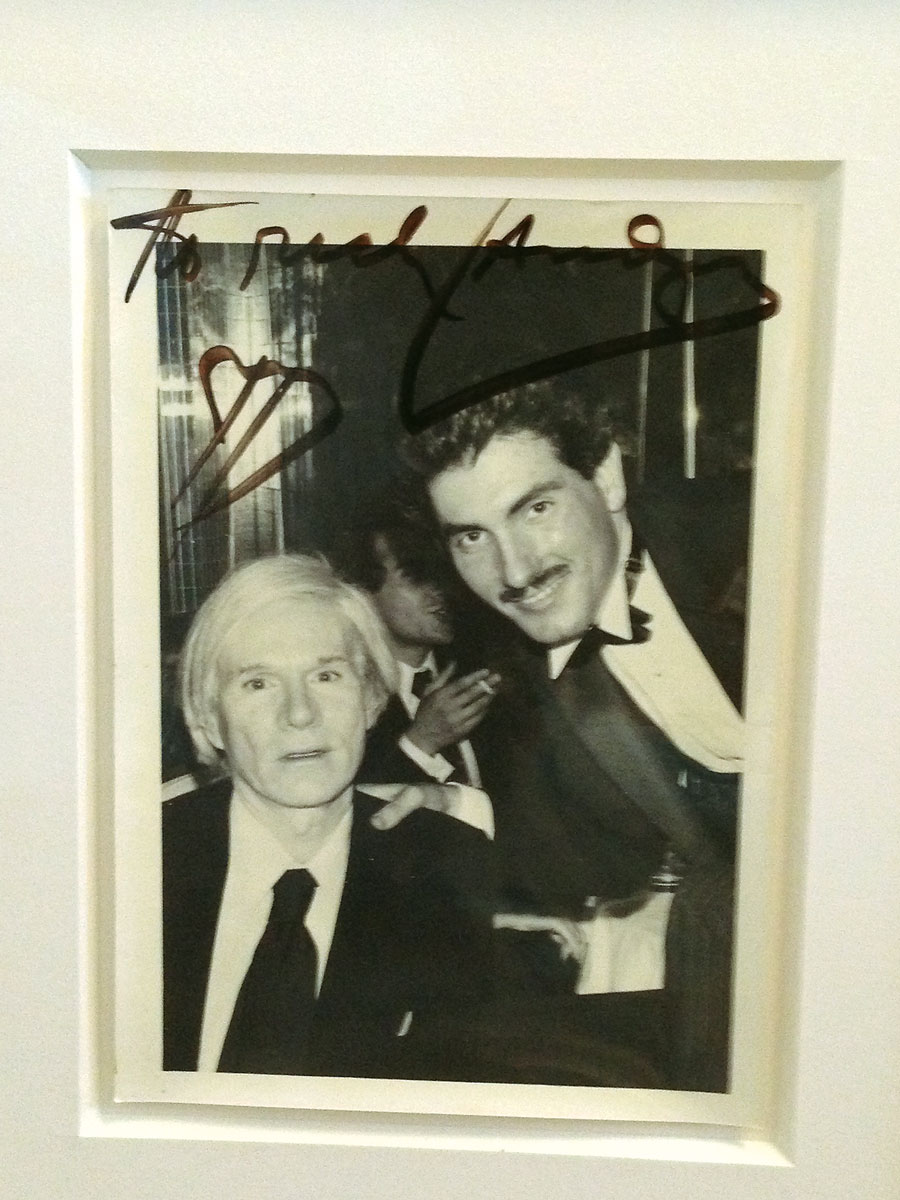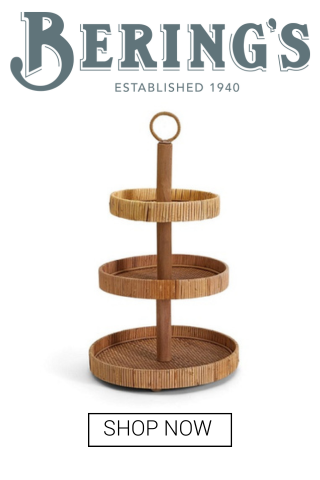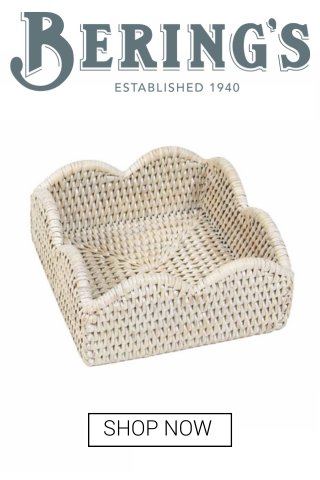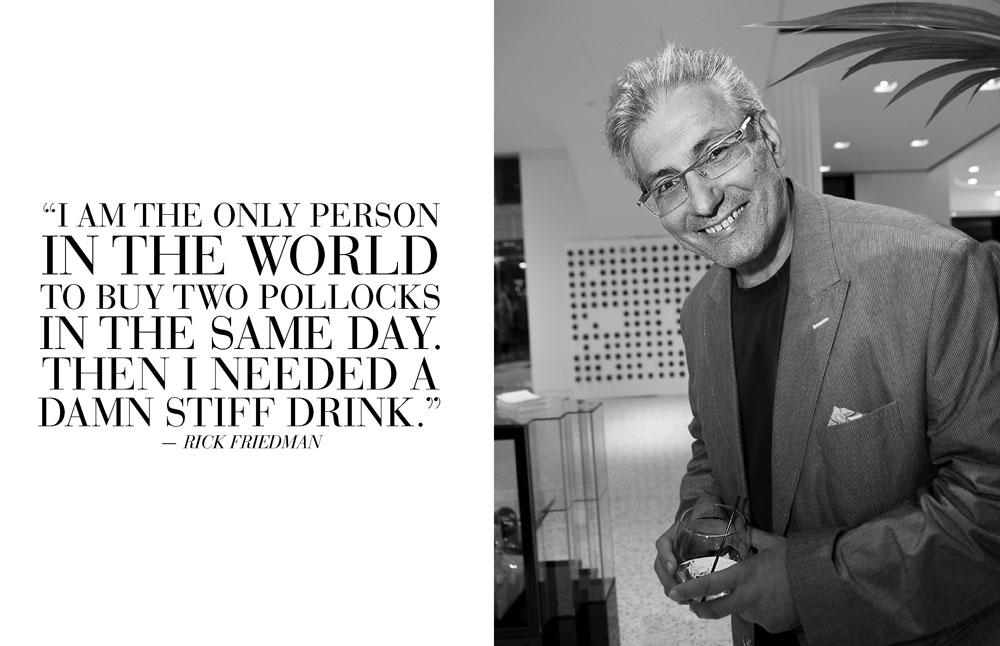
PaperCity chats with the impresario behind the Houston Fine Art Fair, owner/founder/director Rick Friedman, who tells tales from the original disco-era dance competition that launched his career (including a brush with Andy Warhol) to how he began in the fair biz and his personal collecting fever for his Hamptons neighbors — the late, great masters of Abstract Expressionism.
Take us back to the beginning.
I created the original format and served as emcee and producer (with Regine Zylberberg) of Dance Fever, which was first staged at Regine’s disco. It was wildly successful and caught the attention of Merv Griffin Productions, who bought the concept and staged the TV format in L.A. six months later. Deney Terrio, one of my Regine’s dance judges, took over my role as emcee on the TV version — yes, Deney trained John Travolta for Saturday Night Fever. Paramount used many of my competitors in the backdrop of that now-famous scene at 2001 Odyssey Disco in Brooklyn. I didn’t think the magic would transfer to TV, but it did run in syndication for six years. My man Deney and I were considered among the most physical disco dancers in NYC of that era. Yes, I was a damn good street dancer …
On you and Andy Warhol, a judge on Dance Fever. What was he really like?
What I learned from Andy: He was dumb like a fox. He always acted confused, befuddled and lost, needing people’s help, but it was feigned. He knew exactly what he was doing all the time, so people let down their guard with him. He liked being at Regine’s and Studio 54, which were the clubs for the rich and famous, because they could become clients. And Andy’s game was selling a portrait painting for $25,000, which he asked me several times to commission from him. Back in the late ’70s when I was a kid, that was an ungodly amount of money. His genius was in seeing what other people looked at. He would look at a situation and make a simple, childlike comment that summed up what was happening, in a way that no one else could. He was always outside looking in. He said to me, “Always play to the expensive seats.”
Warhols of your own.
I have a wonderful Warhol ink-and-gold-leaf drawing of a shoe — before he became famous, he drew shoes for newspaper ads. And I have the seminal prints: Liz, Flowers and the Campbell’s Soup Can from his Factory editions.
Did you know he got the Flowers idea and inspiration from a June 1964 issue of Modern Photography magazine, which had seven hibiscus printed in a glossy foldout to show the variations in different chemical processes. The serial format appealed to Warhol, so he cropped it as a square showing four of the seven flowers. The photographer sued Warhol. So thereafter, Warhol based his art on photos he took himself.
How and when you began as an art collector.
I began my addiction about 10 years ago, when I purchased a Roy Lichtenstein print of a nude at the beach from Guild Hall museum in East Hampton. (Roy lived in the neighborhood). It cost $2,000, and I had severe buyer’s remorse and did not sleep for three nights. Then it grew on me.
I decided I wanted to collect local Hamptons-based artists from 1950-1970. Ab Ex, Colorfield, some Pop, but mainly the so–called, now famous New York School. It spoke to me, and it was my collector voice. I caught the fever, so to speak, and now have 250 museum-quality artworks, basically from that period or living Hamptons artists, which I lend to museum shows. Now, I never met a painting from the 1950s that I didn’t like. Yes, I still have the Lichtenstein print in my guest bathroom, alongside Milton Avery and Franz Kline original works.
How collecting got you into the fair biz.
I was inspired by a book, Hamptons Bohemia, by Helen Harrison of the Pollock-Krasner House and Study Center, [which was] why I launched ArtHamptons, eight years ago. We had 12,000 art lovers there this year, July 4 weekend.
Most undervalued Ab Ex masters to acquire.
Well, tough to say. If you look at the women of the era, many of their ships have come in during the past eight years, but several have not. So, who’s next in the pecking order? Maybe Elaine de Kooning, Hedda Sterne, Grace Hartigan, Perle Fine and Dorothy Dehner. All have serious upside over the next five to eight years. I also think Alex Katz will come in big. Many of the 1970–1980 Houston artists will break big on the national level shortly. Prices will jump. Keep an eye on James Surls, John Biggers and John Alexander. Also, I recommend looking at 1970s Pop artist Marjorie Strider, who recently passed, as the new up-and-comer of Pop art, with Wesselmann and Oldenburg. The smart money is buying her.
Most recent acquisition.
I am the only person in the world to buy two Pollocks in the same day — then I needed a damn stiff drink. (That makes four original Pollocks on my walls and two by his wife, Lee Krasner — if you live in the Hamptons, you must have the requisite de Kooning and Pollock, the local patron saints.) I have five de Koonings and a ton of Elaine de Kooning, his wife. Why did I acquire? They’re so hard to come by these days, even living in his neighborhood, that I hate to have them pass me by.
Where your collection lives.
I have 6,500 square-foot house in Southampton filled with art, as well as my fiancée Cindy Lou Wakefield’s home — also filled with art. And then some in storage, so I rotate — depending upon seasons and tastes and new works acquired.
Wish list.
Well, I have a piece from every artist of the period, except Rothko, [Will] Barnet and Dubuffet. They have eluded me, sadly, and I have to come to terms that I will just go Rothko-less in life (although I do have a Sam Francis painting, Tribute to Rothko). And, I must confess, I have lost my path along the way and somehow wound up with Hopper, Miró, Modigliani, O’Keeffe, Rivera, Matta, Lam and some others. Not to be trite, but I would like to add a Picasso original. How did I miss him in 250 purchases?
Where you shop for your collection — auction, gallery, art fair?
Since we do shows in Palm Springs and Silicon Valley, I had to include the L.A. 1960–1970 Cool School guys in my collection (Moses, Chicago, Bangston), some Bay Area artists from the 1960s (Diebenkorn, [Paul] Wonner) and then, well, Houston (Donald Sultan, honored at the Houston Fine Art Fair, year one). I buy from some of the dealers in my shows (I eat my own cooking), some auction houses that are show sponsors, and I have some serious ”drug [art] dealers.”
Top hitter in your personal collection, to borrow a baseball term — and allude to your penchant for baseball memorabilia.
I do like my 1957 Ellsworth Kelly painting and the 6-foot standing Alex Katz metal cutout, painted both sides. The biggest hitter — well, that brings me downstairs to the basement to my fledgling baseball Hall of Fame museum, where I have 600 baseball artifacts. I just got Babe Ruth’s 1926 personal game-used bat — the holy grail.
Houston Fine Art Fair, September 9-12, NRG Center, houstonfineartfair.com













_md.jpeg)

















